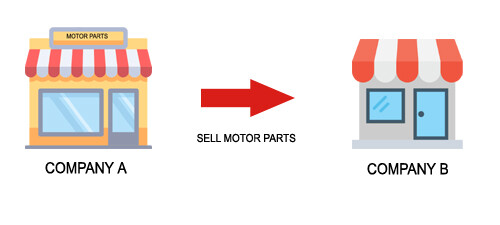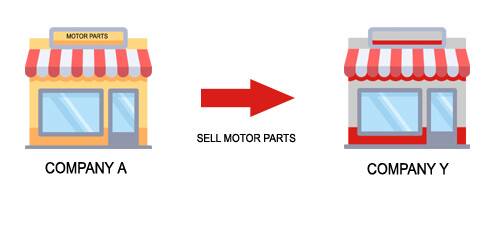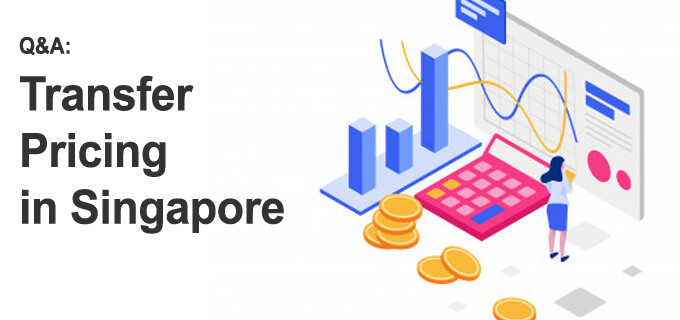When transacting with a group company, businesses always expect to get a lower offer, reduce the costs and keep the deal away from the country’s eyes. To avoid this, governments have created a mechanism for regulating business and internal deals, and have set up transfer pricing rules. In this article, let’s learn the transfer pricing practices in Singapore and how to go about preparing transfer pricing documentation.
- What is Transfer Pricing?
- What is arm’s length principle in transfer pricing?
- How to apply the arm’s length principle in Singapore?
- When will I be required prepare transfer pricing documentation?
- What is required in the TP documentation?
- When must TP documentation be submitted?
- How long to keep TP documentation?
- What are TP documentation exemptions?
- What is the penalty for non-compliance?
What is Transfer Pricing?
Transfer pricing is a process that helps to determine how much goods and services should cost when they are “related” to the parties that buy and sell them. Individuals or entities are related to one another if:
- Company A controls Company B, directly or indirectly.
- Another person or entity (two subsidiaries having a common parent company) is under common control, or both.
Often, companies participate in strategies that are adopted solely for tax reduction while setting contractual conditions for cross-border transactions between related companies of an international enterprise. Most governments find such a strategy to be abusive because they deprive a country of tax revenue of a subsidiary while the subsidiary continues to impose economic burdens on the country due to its operating activities. Countries have developed a system to control intracompany deals, and this system is referred to as Transfer Pricing (TP) rules.
What is arm’s length principle in transfer pricing?
The arm’s length principle is used as a guide in transfer pricing. The concept of arm’s length implies that transfer prices between related parties be equal to prices paid by unrelated parties in the same or similar circumstances. This includes the detection of situations or transactions which are carried out by unrelated parties and which are equivalent to situations or transactions between related parties. “This is usually referred to as” comparability analysis.
Let’s look at an example to make this easy:
Transaction #1:

Company A produces Motor parts and sells these to distributor Company B. Company A, and Company B are not related. This is identified as an uncontrolled transaction. The terms and conditions are considered to be ‘at arm’s length’.
Transaction #2:

Company A produces the Motor parts and sells these to distributor Company Y. Company A and Company Y are related. They are both owned by Company X. This is a controlled transaction, and in order to comply with the transfer pricing regulations, the terms and conditions should follow the arm’s length principle.
How to apply the arm’s length principle in Singapore?
You need to conduct a detailed comparability analysis and find the right transfer pricing method. Singapore’s tax authorities say that businesses that want to comply with the TP rules should check all their controlled transactions.
When will I be required to prepare transfer pricing documentation?
If your company exceeds S$10 million as gross revenue for the tax period or if IRAS requests explicitly to prepare the documentation for the previous basis period, you are then required to prepare your transfer pricing documentation. Your accounting company in Singapore can help you prepare with ease.
What is required in the Transfer Pricing Documentation?
The Transfer pricing documentation will have an overview of the business group, especially on entities dealing in Singapore, and a description of taxpayer’s transactions with related parties alongside the transfer pricing analyses.
Find a list of requirements for documentation in the Second Schedule of the Income Tax (Transfer Pricing Documentation) Rules 2018 here.
By when must transfer pricing documents be completed and submitted?
Before the tax return filing date, Singapore companies must complete TP documents and submit them within 30 days of request for these documents by IRAS.
How long must TP documents be kept?
Companies must keep the transfer pricing documentation for at least 5 years from the end of the basis period.
What are TP documentation exemptions?
A general exemption applies when annual gross revenue does not exceed S$10 million or when the entity was not explicitly requested to do so by IRAS. However, companies are still encouraged to prepare a Transfer Pricing documentation, in any case.
What is the penalty for non-compliance?
If your company does not prepare the TP documentation, this may lead to an offence and you may get a penalty of up to S$10,000. In addition, you will be required to change the transfer price used in the non-complying transaction to the price decided by the authorities, and you will be required to pay taxes based on the new price.
FAQs for Transfer Pricing in Singapore
Speak to Our Experts Today
Get experts to navigate the Transfer Pricing Documentation requirements seamlessly.






